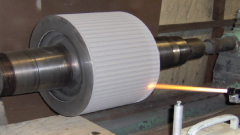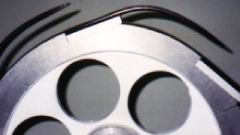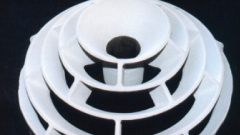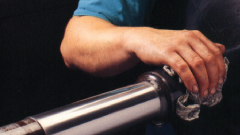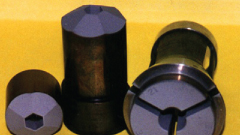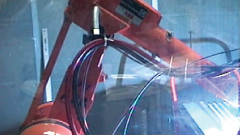WEAR RESISTANT COATINGS
PROTECT AGAINST ABRASION, EROSION, CORROSION, FRETTING/GALLING, CAVITATION, BRINELLING.
REPAIR COATINGS
NO NEED TO SCRAP AN EXPENSIVE PART. REPAIR OR BUILD UP TO A SPECIFIED SIZE. EXTEND PART LIFE.
RELEASE COATINGS
FEATURING DURA-SLIK™ FLUOROPOLYMER COMBINED WITH THERMAL SPRAYED COATING PROVIDES WEAR RESISTANCE ALONG WITH RELEASE PROPERTIES.
THERMAL BARRIER PROTECTION COATINGS
RESISTS TEMPERATURES UP TO 3000° F. ALLOWS THE USE OF LESS EXPENSIVE SUBSTRATE.
LOW COEFFICIENTOF FRICTION COATINGS
COATED COMPONENTS HAVE THE ABILITY TO PERFORM AT HIGHER SPEEDS.
SURFACE TRACTION COATINGS
Long lasting surface finishes that prevent slippage, interruptions & breaks. Improves web tracking and tension control.
BRUSH PLATING
Repair or rebuild to a specified size, tolerance and surface finish. Plate an entire surface or target a small localized area.
GENERAL CAPABILITIES
Services, coating features, part size capability.
Tungsten Carbide And Its Many Uses
The Strength Of Tungsten Carbide
Tungsten carbide is a tough material. It has been projected as falling somewhere between 8.5 and 9 on the Moh’s hardness scale, just behind diamonds. This makes it a valuable metal with many different applications. A tungsten carbide drill can be incredibly tough against jobs that would cause other metal drill bits to become dull and break.To compare, steel has three times less rigidity than tungsten. This rigidity makes tungsten stronger than both steel and titanium. Tungsten is extremely durable and can stand up to a lot of punishment in whatever job it is used. Whether it be tungsten powder or tungsten carbide inserts, this compound can get the job done.
Applications Of Tungsten Carbide And Hard Metals
Tungsten Carbides have a wide range of application in many industry sectors such as metal machining, wear parts for mining and oil industries, metal forming tools, cutting tips for saw blades and have now expanded to include consumer items such as wedding rings and watch cases, plus the ball that is in many ballpoint pens.
How Is It Manufactured?
Regardless of whether with nickel, titanium, or carbon, both the tungsten and in this way, the picked component is ground into a powder structure and packed at high temperatures around 6,800 degrees Fahrenheit (1,400 degrees Celsius) to make a band clear. This procedure is generally called sintering.In the wake of sintering, the clear ring appears to be a dark, harsh bit of metal. It requires a 30-advance cleaning procedure to draw out that reflexive sparkle. Because of the intense hardness of tungsten carbide, jewel cleaning glue is required to hinder through those harsh external layers.

